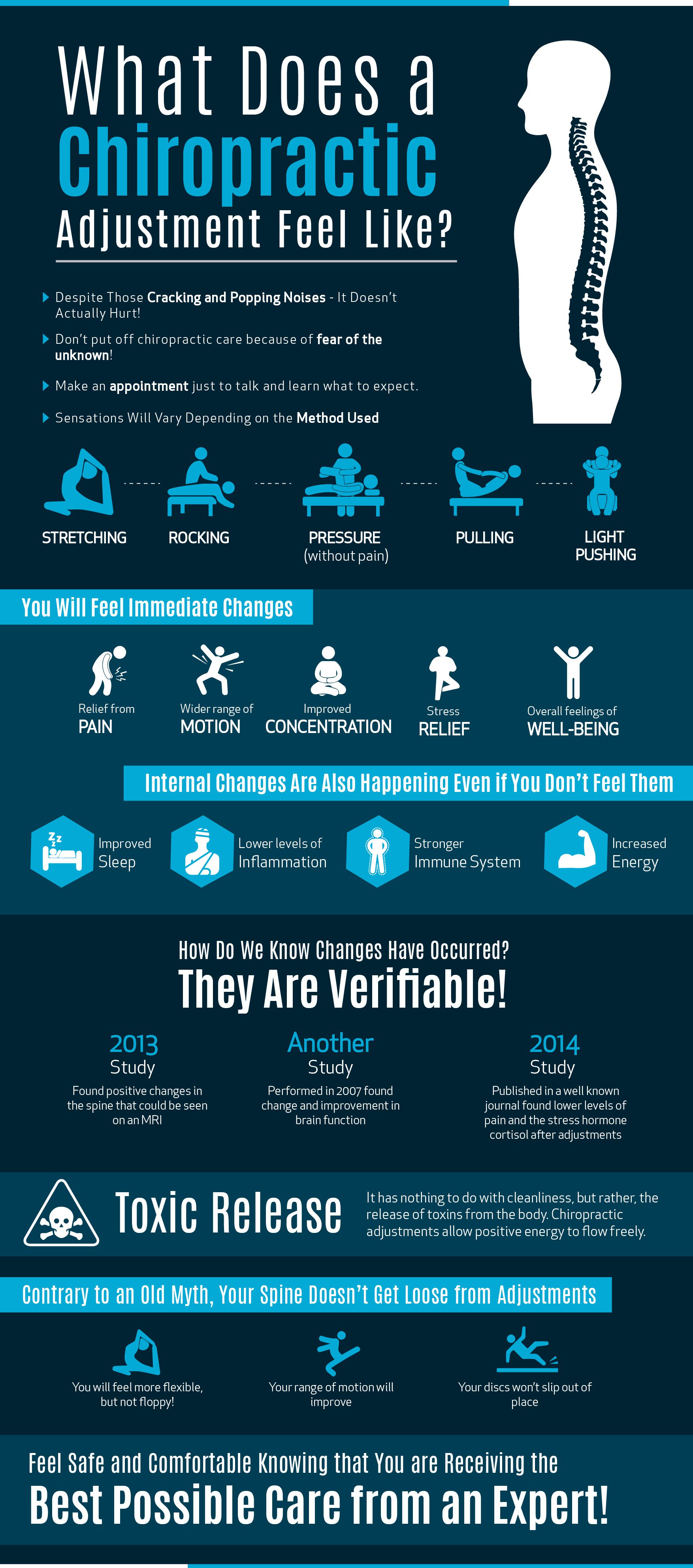Daily Practices That Bring About Back Pain And Strategies For Prevention
Daily Practices That Bring About Back Pain And Strategies For Prevention
Blog Article
Material By-Briggs Dempsey
Preserving correct posture and staying clear of typical challenges in everyday tasks can significantly affect your back health and wellness. From how you sit at your workdesk to exactly how you raise heavy items, little changes can make a large difference. Visualize a day without the nagging neck and back pain that impedes your every relocation; the option might be easier than you believe. By making migraine relief manhattan to your day-to-day routines, you could be on your means to a pain-free presence.
Poor Posture and Sedentary Way Of Life
Poor pose and a sedentary lifestyle are two major contributors to neck and back pain. When you slouch or inkling over while sitting or standing, you put unneeded strain on your back muscular tissues and spine. This can bring about muscle mass inequalities, stress, and at some point, persistent back pain. Furthermore, sitting for long periods without breaks or physical activity can compromise your back muscle mass and cause tightness and discomfort.
To deal with poor stance, make a conscious effort to sit and stand up directly with your shoulders back and lined up with your ears. Bear in mind to maintain your feet flat on the ground and stay clear of crossing your legs for extensive durations.
Incorporating routine extending and strengthening workouts into your everyday regimen can additionally help boost your stance and relieve back pain related to a sedentary lifestyle.
Incorrect Training Techniques
Improper training techniques can considerably add to back pain and injuries. When you raise heavy objects, bear in mind to flex your knees and utilize your legs to raise, instead of counting on your back muscles. Prevent turning your body while lifting and keep the object close to your body to lower stress on your back. It's essential to maintain a straight back and prevent rounding your shoulders while raising to prevent unneeded stress on your spinal column.
Always evaluate the weight of the object prior to raising it. If it's too hefty, ask for help or use equipment like a dolly or cart to transport it securely.
Keep in mind to take breaks throughout raising jobs to give your back muscle mass a chance to relax and avoid overexertion. By executing appropriate training techniques, you can stop neck and back pain and lower the risk of injuries, ensuring your back remains healthy and balanced and strong for the long-term.
Lack of Normal Workout and Extending
An inactive way of living devoid of regular workout and stretching can considerably contribute to pain in the back and pain. When you do not participate in exercise, your muscle mass end up being weak and stringent, leading to poor stance and increased strain on your back. Normal workout assists reinforce the muscle mass that sustain your spinal column, enhancing stability and reducing the risk of neck and back pain. Incorporating stretching right into your regimen can also enhance flexibility, stopping stiffness and discomfort in your back muscular tissues.
To stay clear of neck and back pain brought on by a lack of exercise and stretching, aim for a minimum of half an hour of moderate exercise most days of the week. Include workouts that target your core muscles, as a solid core can help ease stress on your back.
Furthermore, take breaks to stretch and move throughout the day, specifically if you have a workdesk task. Straightforward stretches like touching your toes or doing shoulder rolls can assist alleviate tension and stop back pain. Focusing on chi gong nyc and extending can go a long way in keeping a healthy and balanced back and decreasing discomfort.
Conclusion
So, keep in mind to sit up right, lift with your legs, and remain active to stop neck and back pain. By making simple changes to your daily habits, you can stay clear of the discomfort and constraints that include pain in the back. Deal with your spine and muscle mass by practicing good pose, appropriate training techniques, and regular workout. Your back will thank you for it!
